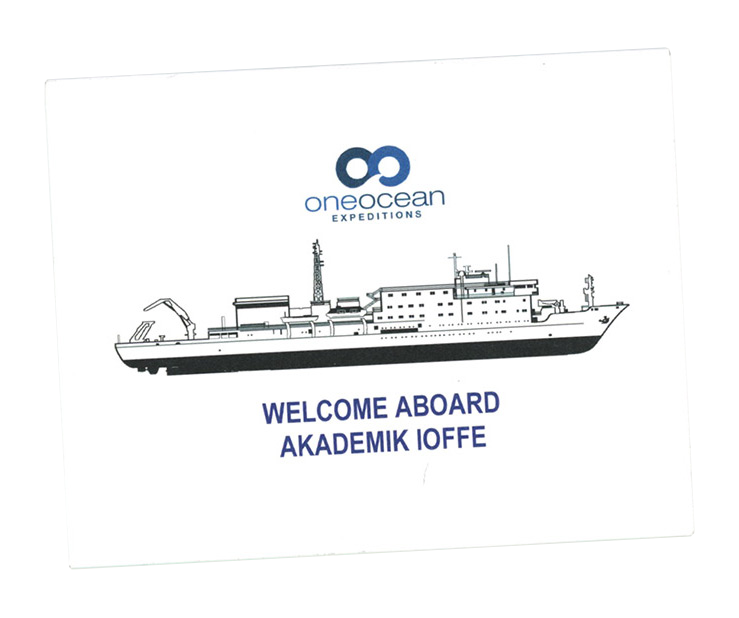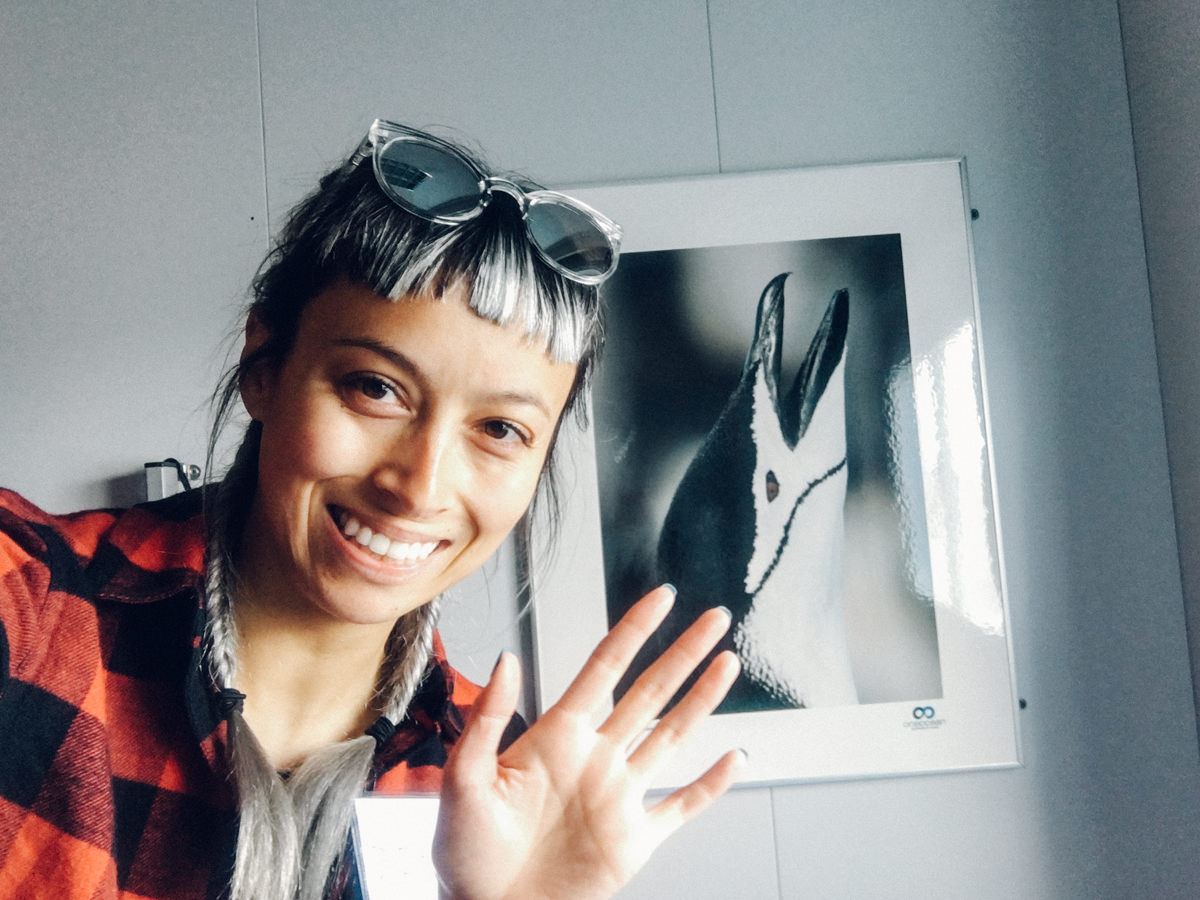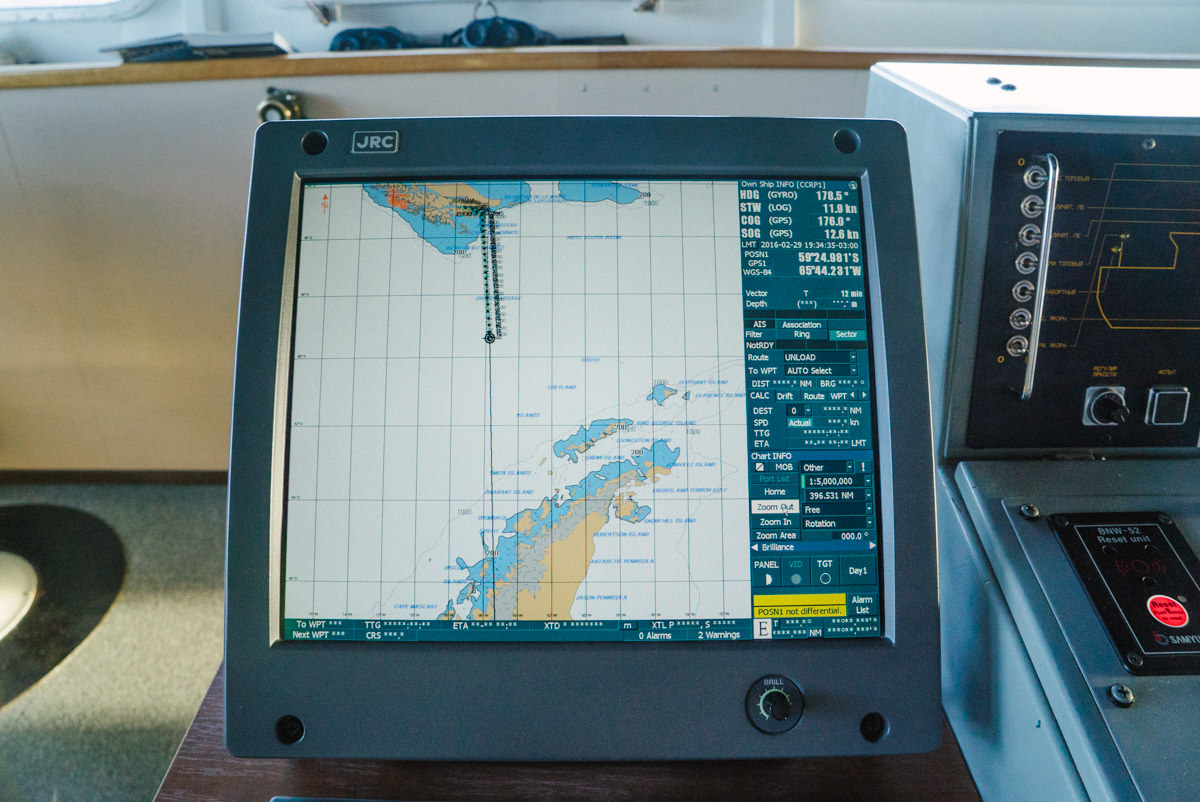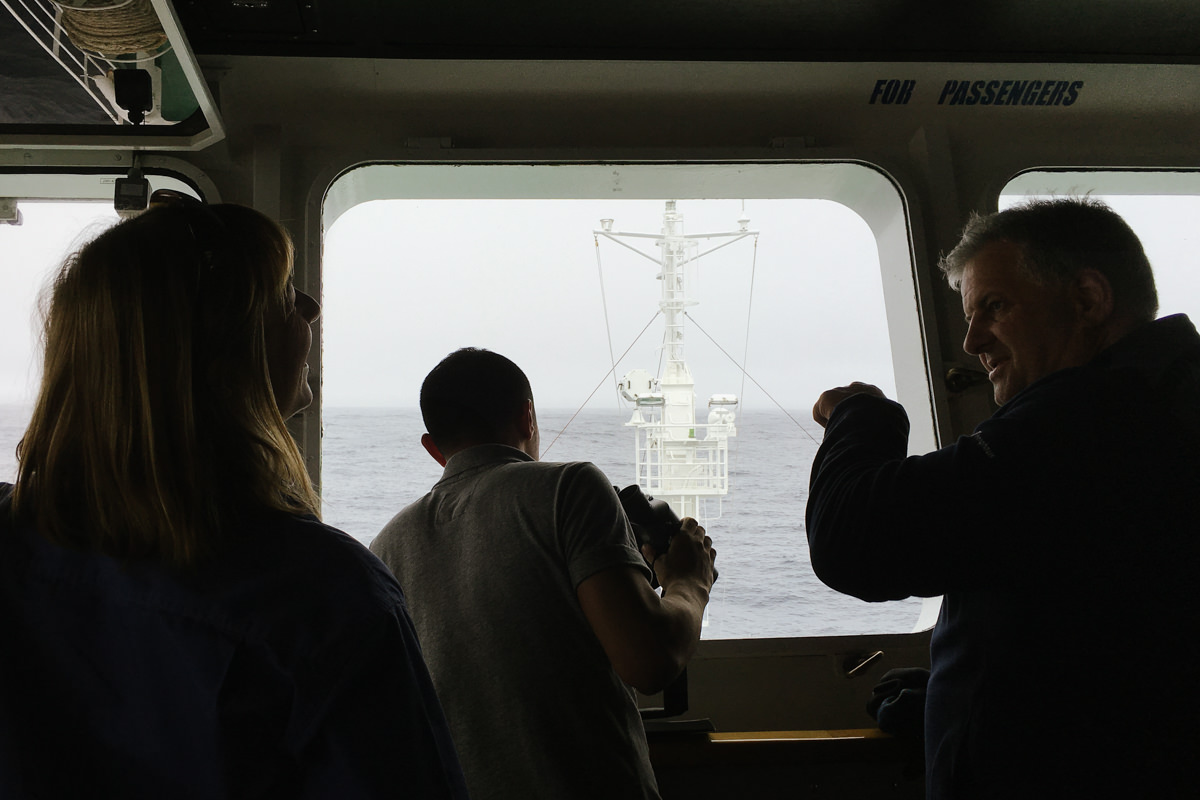ANTARCTICA Days 1-3: Crossing the Drake Passage
There was only one aspect of going to Antarctica that I was not completely thrilled about and that was crossing the dreaded Drake Passage. For those of you who are not familiar, the Drake is the stretch of ocean between the tip of South America and Antarctica where the Atlantic Ocean meets the Pacific Ocean meets the Southern Ocean, and these colliding oceans create rough and unpredictable conditions. A quick google will show you photos and videos of seas that look straight out of the movie A Perfect Storm with swells of 50 ft or more, and these images nearly discouraged me from ever making the trip. But forcing myself to do things that I am terrified of doing is sort of my M.O. (for example scuba diving to 140 ft in the Great Blue Hole, skydiving, diving or just walking through deep dark caves). So two and a half days at sea in treacherous waters were not going to discourage me from fulfilling my dream… I made my booking, packed my bags with motion sickness meds and traveled to the Southernmost city in the entire world, Ushuaia, Argentina.
After a few days in chilly Ushuaia eating alfajores, enjoying the Patagonian scenery and visiting the cute South American Magellanic penguins, it was time to check in to board our ship. I was 100% thrilled, the fear of crossing the sea had completely faded from my mind. We met up with our fellow passengers and crew and took a short bus ride to the dock and arrived in front of our ship, the Akademik Ioffe. I was surprised to see that the other passengers (something like 95 of us in all) were not entirely senior citizens as I had expected, there were several younger people and couples and even a few backpacker types. Everybody was as excited as I was, running around the ship snapping photos and selfies. The ship was absolutely beautiful, this minimal all white research ship with Russian cyrillic lettering that looked like something straight out of Wes Anderson’s The Life Aquatic.
академик иоффе spells “Akademik Ioffe”
Travel best friend Alex
Once on board we were shown to our room, which although small was very cozy and well equipped, with lots of storage and our own fridge (which we loaded up with Quilmes beers that we bought in Ushuaia since alcohol was one of the only things not included in the cost of our booking). I couldn't decide where to go on the ship first, I wanted to explore every deck, every room, every view of Ushuaia. It wasn't long after we boarded that the ship pulled away from port and we started our 2 1/2 day journey. As the sun set and we made our way through the scenic the Beagle Channel, every passenger on board was on the upper decks eagerly taking photos and enjoying the passing views.
View on board the Ioffe looking back at Ushuaia
Once the sun set we met in the dining room for an introduction and a toast, followed by a lifeboat drill and dinner. Dinner was awkward at first, like choosing where to sit to eat for your first day at a new school. The food was good, the ship was sailing smoothly and when I finally went to bed I was nothing but excited for the days to come.
* * *
At some point in the night the ship made its way out of the channel to the open sea. I was not sure exactly when we hit open water, but I was awoken in the night by the sound of the bottles of beer and other things rolling back and forth in the fridge and cabinets. After waking up several times I found it difficult to go back to sleep as I started to notice the abrupt swaying of the ship, it was significantly stronger than any dive boat or cruise ship I had been on before. For the remainder of the night I laid awake or half awake rocking side to side and listening to the loud sounds of the stabilization system in the belly of the ship that would counteract a strong swell. My anxiety about traveling for days in these conditions all came flooding back.
In the morning a chipper wake-up announcement came over the loudspeaker inviting us to breakfast, but I had only managed to drift off to sleep a few hours prior when the sun had started to rise, so there was no way I was getting out of bed. Our lovely caretaker "Adventure Concierge", Petrina, popped in to see how we were feeling, and both Alex and I were not feeling well so she brought us a bento box of breakfast in bed. I found it hard to believe that anyone was able to eat and walk around the ship in these conditions... they weren't terrible enough that they were throwing dishes off of tables or knocking people to the floor, but the ship's rocking had this very unpleasant way of dizzying my brain and blending my guts. By this time I had been wearing Sea Bands and I had taken Bonine, but neither was proving very effective.
Finally by lunchtime Alex and I made it to the dining room, but we still felt rather unpleasant and returned to our cabin shortly after. I made it out in the afternoon to attend a few of the scientific presentations being offered. They were difficult to sit through in my state, sitting in dark room with no view of the ocean as we rocked back and forth, but dispite my state I still learned quite a bit about the types of ice in Antarctica and the various species of penguins. In the evening there was a happy hour in the bar, which we napped through (no alcohol thank you), followed by dinner.
That night a film was screened in the basement presentation room of the ship called The Penguin Counters. The documentary was about the nonprofit organization Oceanities, which takes inventory of the penguins on the Antarctic Peninsula in order to monitor their populations. Oceanities is led by Ron Naveen, an individual whose enthusiasm for penguins inspired him to leave his job as a lawyer decades ago to return to Antarctica every year to count, one by one, penguins. Ron Naveen, along with several other scientists and researchers were currently on board the ship, and made up a large percentage of the 95 passengers. It was really cool to have these experts on board to share with us their knowledge of Antarctica.
I made a visit to the ship's bridge and see that we have made it halfway to the Antarctic Peninsula
Hello from the middle of the Southern Ocean!
Day 3 my sea legs were becoming stronger, and Alex and I had made a few friends on board and when we weren't taking long naps in our cabin we were chatting with new friends. On our second full day at sea there was a mandatory presentation to attend on the IAATO (the International Association of Antarctica Tour Operators) regulations which informed us of the strict environmental protection rules we were to follow in Antarctica such as; no touching wildlife and give animals 5 meters of space, no bringing food to the shore, no peeing or pooping on shore (you have to hold it until you're back on the boat), wash your boots before and after returning to the shore, and then NO DRONES. This rule I knew before coming, but I still had my drone along in my cabin to use back in Argentina. They introduced the no drone rule by asking "Raise your hand if you brought a drone along", and as not to be humiliated I of course kept my hand down.
The outside air had cooled down and had a definite Antarctic feeling to it. At one point in the afternoon an announcement came over the loudspeaker that our first iceberg had been spotted. I ran to the nearest window and saw a massive white block way off in the distance, it had to be the size of a shopping mall!
My first ever iceberg!
Both days at sea there was a yoga class offered on board, and on that second day Alex and I made it to the class. It was a pretty funny and challenging experience to be doing downward dogs in a crowded room that was swaying. Surprisingly, nobody toppled over. That last evening on the open ocean the staff photographer on board, Jeff Topham gave a talk about how to take better pictures on the trip. Jeff, a photojournalist from Vancouver, called photographs "pitchures" and gave useful tips like "shoot a level horizon", and "nobody back home wants to see a million photos of icebergs or a million photos of penguins". Jeff was great, he picked me out in the first hour on the ship when he saw me shooting my Mamiya 7ii medium format camera.
That night I can't say that I slept any better than the night before, but I was so excited to wake (or stay awake) in the morning to the sight of Antarctica and then to leave the ship and step foot on the place I thought I could only dream of visiting. I couldn't wait to take a million photos of penguins.











